SES-led group to deploy quantum security satellite for Europe in 2024
Thursday, 22 September 2022 21:10
The European Space Agency has tasked an SES-led consortium to develop a satellite and begin operating it in 2024 to validate quantum key distribution technology.
The post SES-led group to deploy quantum security satellite for Europe in 2024 appeared first on SpaceNews.
As DoD grows more reliant on space industry, it needs to define the relationship
Thursday, 22 September 2022 20:24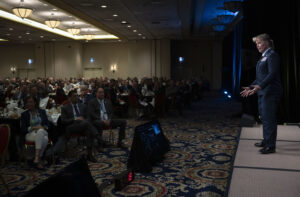
DoD and the intelligence community are laying out requirements for how they would use commercial space systems during wartime
The post As DoD grows more reliant on space industry, it needs to define the relationship appeared first on SpaceNews.
NASA's Juno will perform close flyby of Jupiter's icy moon Europa
Thursday, 22 September 2022 19:17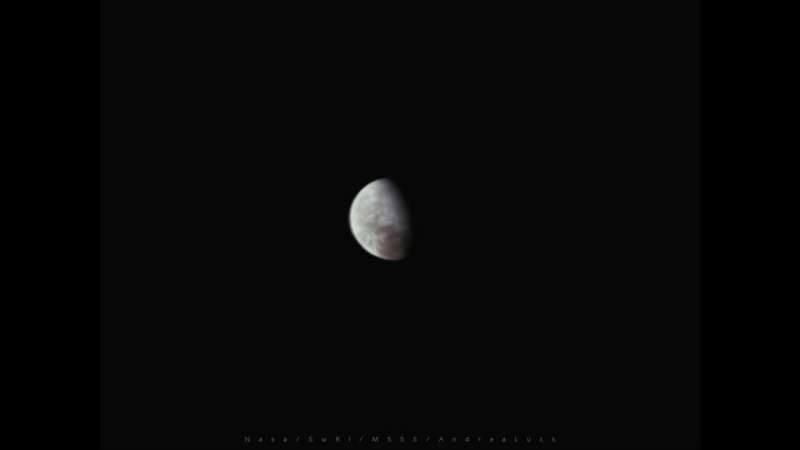
On Thursday, Sept. 29, at 2:36 a.m. PDT (5:36 a.m. EDT), NASA's Juno spacecraft will come within 222 miles (358 kilometers) of the surface of Jupiter's ice-covered moon, Europa. The solar-powered spacecraft is expected to obtain some of the highest-resolution images ever taken of portions of Europa's surface, as well as collect valuable data on the moon's interior, surface composition, and ionosphere, along with its interaction with Jupiter's magnetosphere.
Mangata seeks permission to connect UK user terminals
Thursday, 22 September 2022 16:25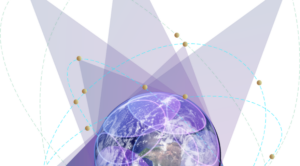
Mangata Networks, a U.S. satellite startup founded by a former OneWeb executive, has applied for a U.K. license to connect broadband terminals to its planned multi-orbit constellation.
The post Mangata seeks permission to connect UK user terminals appeared first on SpaceNews.
Explainer: Why a NASA spacecraft will crash into an asteroid
Thursday, 22 September 2022 16:13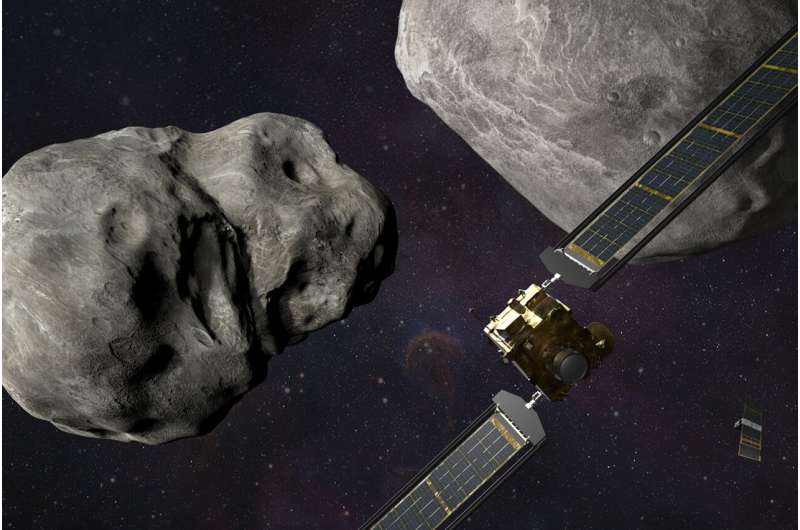
Why is a NASA spacecraft crashing into an asteroid?
Thursday, 22 September 2022 16:13
Marlink to offer Starlink to maritime and enterprise customers
Thursday, 22 September 2022 15:25
Maritime connectivity specialist Marlink will offer Starlink to its customers as SpaceX’s broadband service turns to partners to expand beyond the consumer market.
The post Marlink to offer Starlink to maritime and enterprise customers appeared first on SpaceNews.
ESA selects Harmony as tenth Earth Explorer mission
Thursday, 22 September 2022 13:20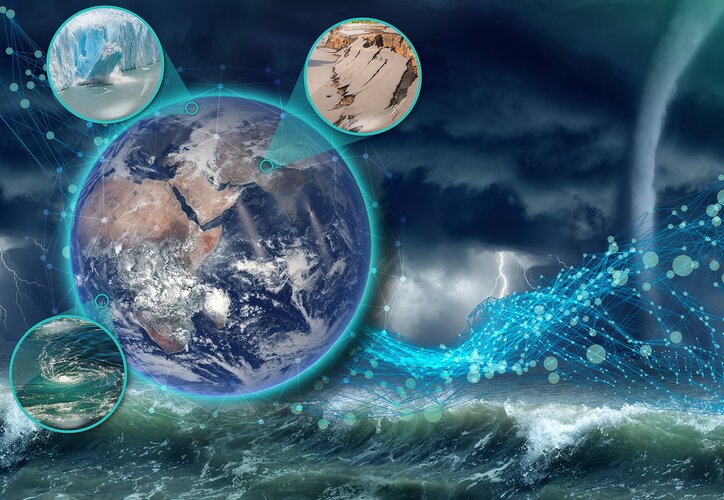
Following preparatory activities and a stringent process ESA Member States today formally selected Harmony for implementation as the tenth Earth Explorer mission within the FutureEO programme. This unique satellite mission concept is, therefore, now set to become a reality to provide a wealth of new information about our oceans, ice, earthquakes and volcanoes – which will make significant contributions to climate research and risk monitoring.
JPSS-2 begins launch processing
Thursday, 22 September 2022 13:02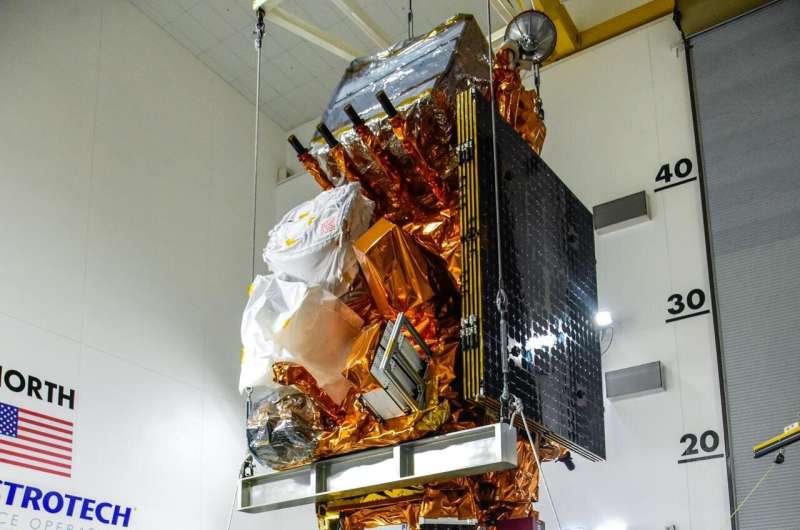
Preparations are looking up for the launch of the National Oceanic and Atmospheric Administration's (NOAA) Joint Polar Satellite System-2 (JPSS-2) satellite. On behalf of NOAA, NASA develops and builds the instruments, spacecraft, and ground system, and launches the satellites, which NOAA operates. Technicians recently lifted the satellite to a stand inside the Astrotech Space Operations facility at Vandenberg Space Force Base in California. On board are four advanced instruments that will measure weather and climate conditions on Earth. Launch is targeted for Nov. 1 atop a United Launch Alliance (ULA) Atlas V 401 rocket from Space Launch Complex-3.
Launching with JPSS-2 is a secondary payload, known as Low-Earth Orbit Flight Test of an Inflatable Decelerator, or LOFTID. LOFTID will demonstrate inflatable heat shield technology for atmospheric entry and re-entry. This technology could enable a variety of proposed NASA missions to destinations such as Mars, Venus, and Titan, as well as returning heavier payloads from low-Earth orbit.
Before launch, technicians will stack the JPSS-2 satellite onto a payload adapter canister containing the LOFTID reentry vehicle.
Saudi Arabia plans to send female astronaut to space in 2023
Thursday, 22 September 2022 12:11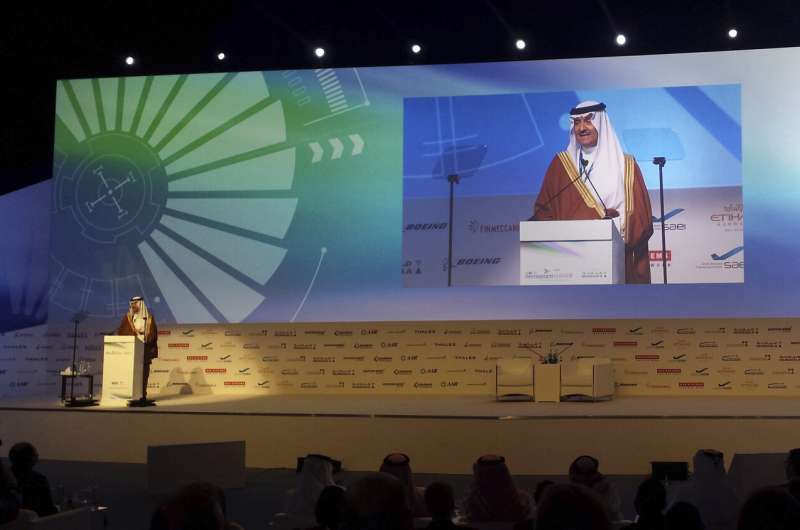
Pillar of light
Thursday, 22 September 2022 11:22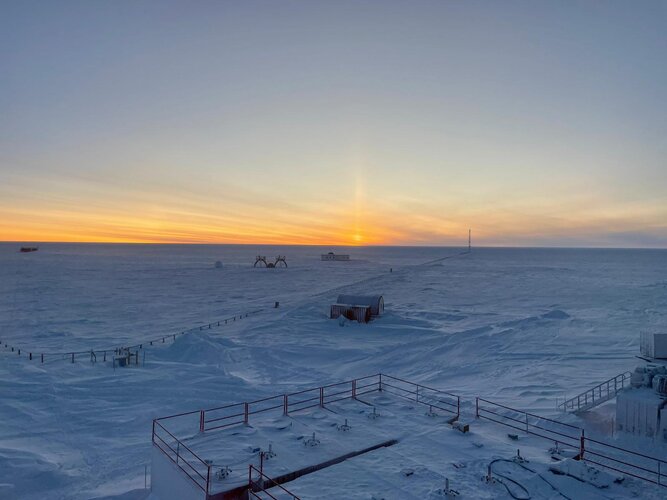 Image:
Image:
A vertical beam of sunlight appears to shoot up into the sky outside Concordia research station in Antarctica in this image taken by ESA-sponsored medical doctor Hannes Hagson.
Known as a sun pillar, this optical phenomenon occurs when sunlight is reflected from tiny ice crystals suspended in the atmosphere. Though it appears to reach from the sun itself, the pillar is not physically located above or below the sun. But it’s not just the sun that creates this optical illusion. Moonlight, and even streetlights, can create the same effect in icy conditions, in which case it is known more
The incredible adventures of the Hera mission – Creating a crater
Thursday, 22 September 2022 11:00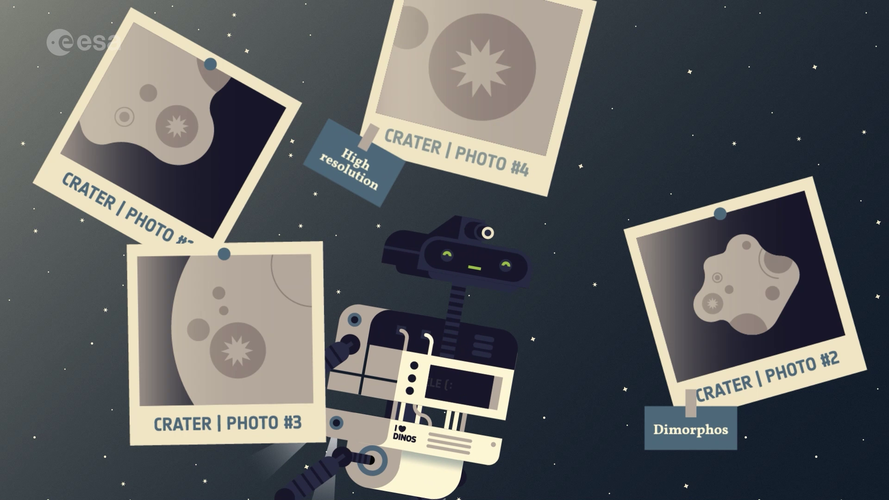 Video:
00:02:36
Video:
00:02:36
Meet Hera, our very own asteroid detective. Together with two small CubeSats – Milani the rock decoder and Juventas the radar visionary – Hera is off on an adventure to explore Didymos, a double asteroid system that is typical of the thousands that pose an impact risk to planet Earth.
Suitable for space enthusiasts young and old, this episode of ‘The incredible adventures of the Hera mission’ is all about craters. What are they? Why are they important? Why is NASA’s DART spacecraft about to collide with an asteroid to create the Solar System’s newest – and perhaps
Maritime Launch and Skyrora partner to launch Skyrora XL from Spaceport Nova Scotia
Thursday, 22 September 2022 10:33 Maritime Launch Services Inc. (Maritime Launch) (NEO: MAXQ, OTCQB: MAXQF) and Skyrora are pleased to announce that they have signed a Letter of Intent to launch Skyrora XL from Spaceport Nova Scotia. Maritime Launch is developing and operating Spaceport Nova Scotia, Canada's first orbital launch complex and the first commercial spaceport in North America. Headquartered in Edinburgh with faciliti
Maritime Launch Services Inc. (Maritime Launch) (NEO: MAXQ, OTCQB: MAXQF) and Skyrora are pleased to announce that they have signed a Letter of Intent to launch Skyrora XL from Spaceport Nova Scotia. Maritime Launch is developing and operating Spaceport Nova Scotia, Canada's first orbital launch complex and the first commercial spaceport in North America. Headquartered in Edinburgh with faciliti Kayhan Space and Precious Payload team to boost access to space traffic management
Thursday, 22 September 2022 10:33 With satellite and mission operators grappling with unprecedented congestion in space, Kayhan Space and Precious Payload has announced a strategic partnership to provide more access to breakthrough spaceflight safety solutions.
As part of the collaborative agreement, Precious Payload will offer Pathfinder - Kayhan's collision avoidance and conjunction assessment software - to satellite ope
With satellite and mission operators grappling with unprecedented congestion in space, Kayhan Space and Precious Payload has announced a strategic partnership to provide more access to breakthrough spaceflight safety solutions.
As part of the collaborative agreement, Precious Payload will offer Pathfinder - Kayhan's collision avoidance and conjunction assessment software - to satellite ope Iridium announces Operation Pacific Waves
Thursday, 22 September 2022 10:33 Iridium Communications Inc. ( Nasdaq: IRDM) has announced Operation Pacific Waves (OPW), a series of partnership-driven field exercises involving more than 20 organizations. Focused on the Indo-Pacific region, OPW will deploy Iridium and Iridium Connected equipment in live scenarios highlighting the Iridium network's resilient, real-time and truly global capabilities.
A variety of Iridium
Iridium Communications Inc. ( Nasdaq: IRDM) has announced Operation Pacific Waves (OPW), a series of partnership-driven field exercises involving more than 20 organizations. Focused on the Indo-Pacific region, OPW will deploy Iridium and Iridium Connected equipment in live scenarios highlighting the Iridium network's resilient, real-time and truly global capabilities.
A variety of Iridium 